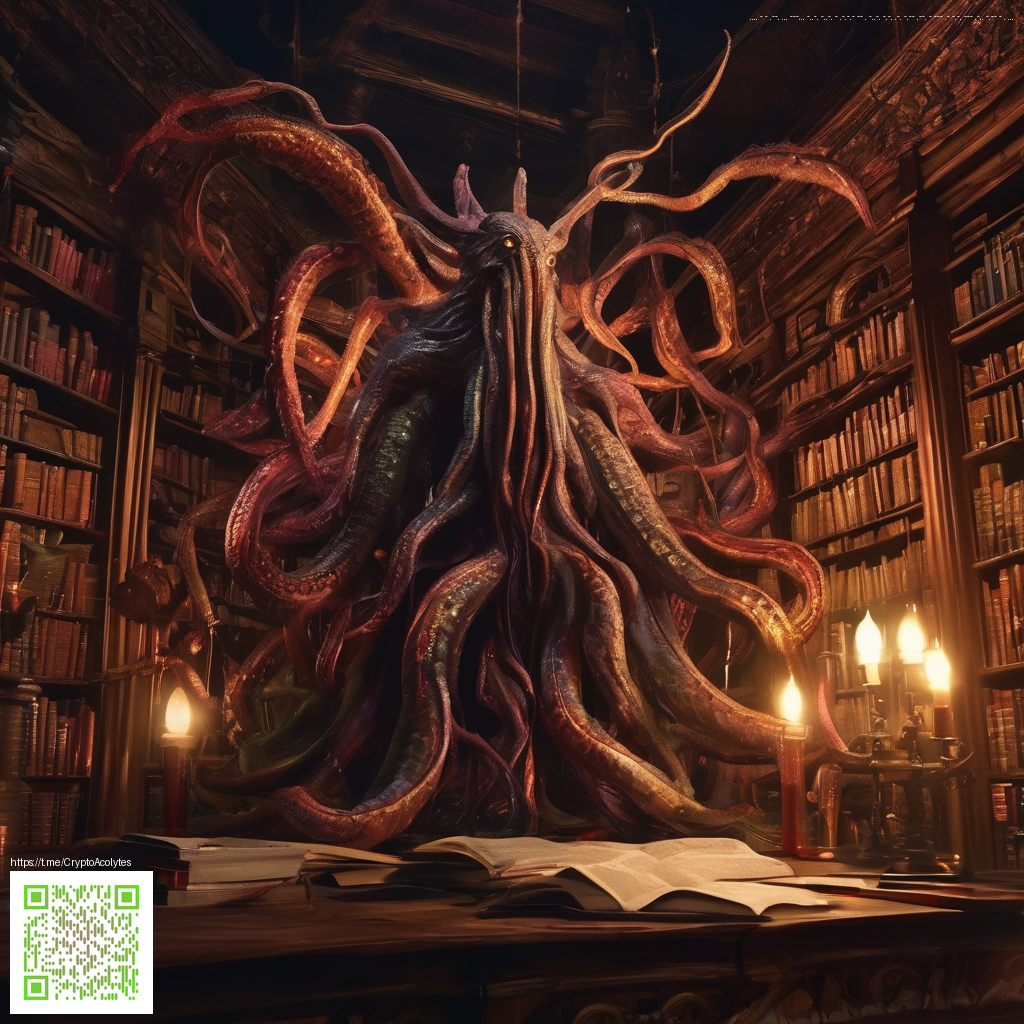
Digital scrapbooking thrives on small, strategic accents—stickers, frames, ribbons, and doodles—that breathe personality into a page. The trick isn’t simply adding lots of pieces; it’s ensuring each element has a purpose, a boundary, and a sense of depth that draws the eye without overpowering the photo or typography.
Design is as much about feeling as sight; a well-placed shadow or soft highlight can make a flat asset feel tactile and inviting.
Texture, light, and tone: translating physical cues into digital assets
Even though digital embellishments are pixel-based, you can evoke real-world texture through thoughtful shading, subtle gradients, and cleverly placed highlights. The way light interacts with a surface—glossy versus matte, smooth versus embossed—creates cues that readers subconsciously respond to. For a tangible comparison, consider finishes used in consumer products; a Magsafe polycarbonate phone case with card holder comes in glossy or matte options, and those finishes influence perceived durability and mood. Learn more about those finish options here, then translate that mindset into your digital assets: a glossy finish on a digital sticker can read as energetic and bold, while a matte approach can feel refined and calm.
Practical design toolkit for standout embellishments
- Shape language: Develop a cohesive family of shapes—rounded corners for friendliness, angular edges for boldness, and a few unique glyphs to act as signature elements.
- Color and contrast: Use a limited palette with one or two accent colors to maintain harmony while letting key pieces pop against backgrounds.
- Typography pairing: If your embellishments include text, pair a friendly display font with a clean sans-serif to preserve readability at small sizes.
- Layering and depth: Build depth with soft shadows, gentle inner glows, and subtle opacity variations so elements don’t feel flat on busy photos.
- Texture hints: Simulate texture with subtle grain, speckles, or fabric-like patterns applied to overlays or frames.
- Consistency with purpose: Each element should reinforce the page’s narrative—joyful, nostalgic, adventurous—so readers experience a coherent story.
Step-by-step workflow you can adopt
- Define the page’s mood and the story you want to tell with your embellishments.
- Sketch a rough layout to determine where focal accents belong, leaving room for negative space.
- Build assets in layers: base shapes, texture overlays, shadows, and highlight glints.
- Apply texture and lighting cues that reflect the page’s light source and color temperature.
- Test your design on multiple backgrounds—light, dark, and patterned—to ensure readability and legibility.
- Export at multiple sizes and with transparent backgrounds where needed, so your pieces are versatile across projects.
As you experiment, remember that restraint can be as powerful as abundance. A few well-placed embellishments with clear intent will often outperform a crowded composition. If you’re looking for inspiration that blends digital craft with real-world texture cues, this page offers a curated perspective that can spark new ideas and practical techniques.
For a tangible analog reference, you might relate these ideas to finishes on everyday items. The key takeaway is to think about how texture, light, and contrast guide perception—then apply those cues with intention in your digital toolkit.